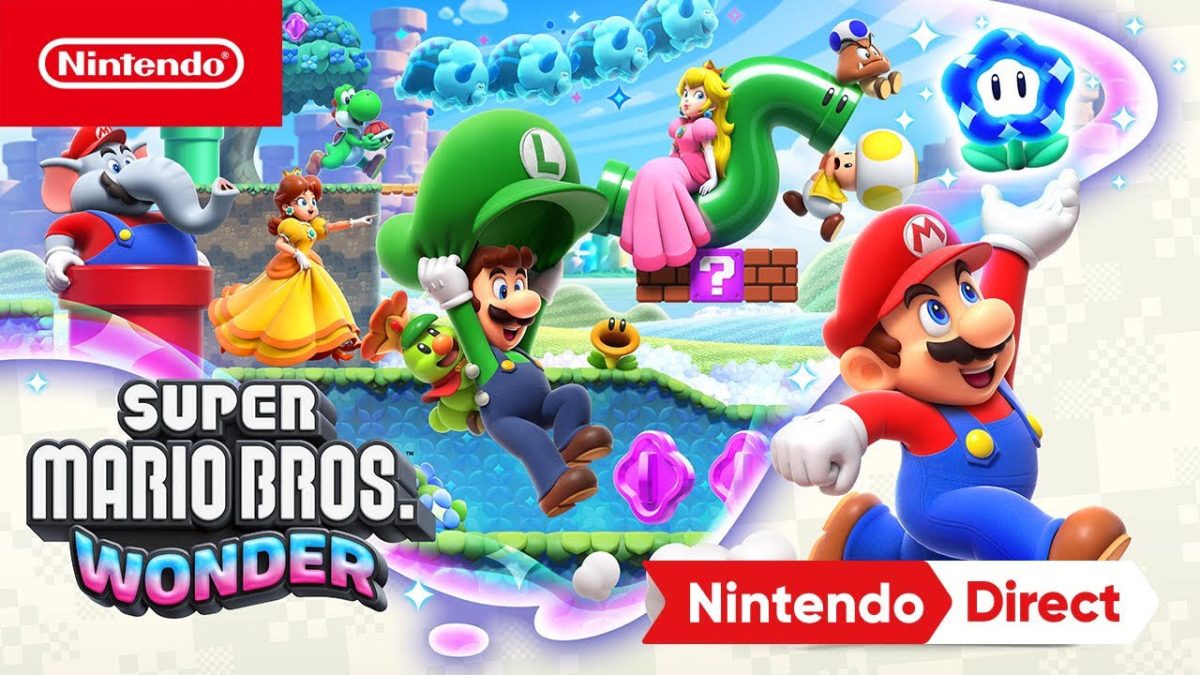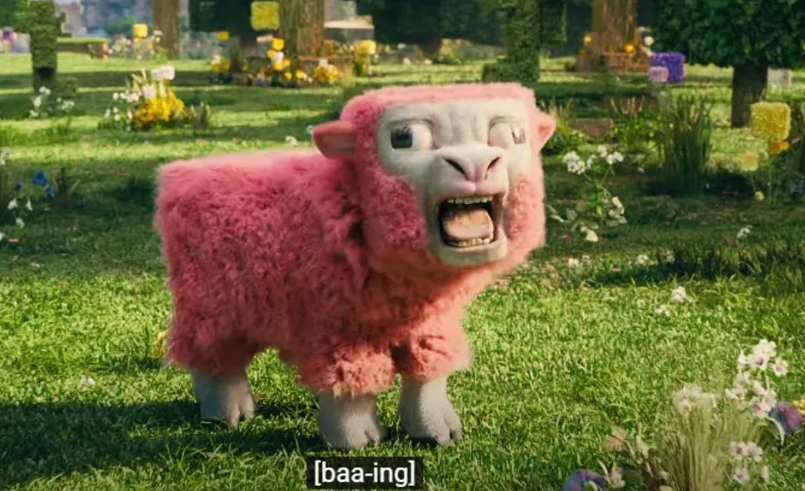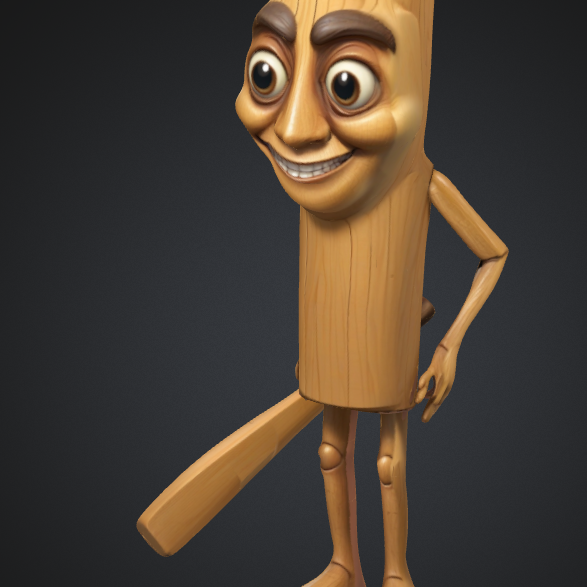Seeing as it is the first 2D Mario game released since Super Mario Maker 2, excluding the Switch port of New Super Mario Bros U, Super Mario Brothers Wonder has a lot to live up to. It, however, seems to be performing absolutely wonderfully, as pre-release reception was overall positive. One notable downside is that this is the first game that Charles Martinae isn’t voicing the Mario Bros. in, but this seems to be a non-issue. Join me as we delve into the game’s story, graphics, and fan reception of Super Mario Brothers Wonder.
A handful of trailers were released prior to the game’s release, and various details were revealed. A key part of the game is who you play, and the game spares no expense in this category. The main playable characters are Mario, Luigi, Yellow Toad, Blue Toad, Toadette, and Daisy, this being her first mainline appearance since Super Mario Land. These characters all work identically, as unique abilities have been altered into badges. There are a handful of other characters as well, being a green, red, yellow, and light-blue Yoshi, and the return of the lovable Nabbit. These bonus characters cannot use powerups, but take no damage in return. Yoshi can also be ridden by other players and can eat various objects.
On the topic of powerups, there are three new ones: the elephant fruit, bubble flower, and drill suit. Each has a variety of new and exciting abilities. The elephant fruit turns you into, surprise surprise, an elephant, allowing you to swing your trunk as a melee attack and fill it with water for later distribution. The bubble flower allows you to blow a bubble from thin air, which can capture enemies or be used as a temporary platform. Finally, the drill suit allows you to damage enemies above you, similar to the spiny shelmet of the Super Mario Maker series, but also drill into the ground for extra traversal potential. Along with powerups, extra abilities come in the form of badges, equippable abilities that can enhance your gameplay. There are a variety of badges, with many different functions. The tether badge allows you to grapple onto a wall from far away, and the safety bounce badge gives you a second chance with deadly falls. Countless badges are present, with a variety of ways to attain them. Their purpose is straightforward on paper, but in practice they have some flaws. Some levels are designed to use a specific badge, and while that works for the levels in which you obtain some, it doesn’t carry over as well to main gameplay. The concept of the badges is great, but they do have their flaws.
The story revolves around the power of the wonder seeds, which Bowser has used to fuse himself with the castle of the ruler of the flower kingdom, Prince Florian. You must work together with Florian to stop Bowser and save the flower kingdom, which consists of five main kingdoms. Something stated throughout most of the later pre-release material was an emphasis on a non-linear experience, allowing you to complete the levels in any order you wish, and come back to harder ones later. There are even free-roam sections on the level select, which resemble those from Super Mario 3D World, to further push this point. This is definitely a unique take, going hand and hand with the badge system, and will likely help its overall sales. On the topic of uniqueness, Wonder Seeds as a whole definitely qualify for that category. Wonder seeds act as the collectables in the game, taking the place of Star Coins from the New Super Mario Bros series. Upon contacting one, you are thrust into a whole sub-level, with a variety of different effects. Drifting through space, turning into a spike ball, a stampede of bulls, the possibilities are endless with these seeds. I myself don’t know if they reuse wonder effects for later levels, having not played the game in full yet, but I think they do. Some of those effects seem too cool to only use once.
Fan critique, from what I can see, is overall positive. People enjoy the gameplay and the creativity, “though I’d be hard-pressed to consider it groundbreaking on any mechanical level”. I have seen it compared to Super Mario Maker in terms of level design, which I see as a valid comparison. By releasing the Mario Maker series, Nintendo has become its own worst enemy. For every 2D game they create, they need to have enough content and depth to compare to the thousands of user-generated levels in the Maker series. Platformer games as a whole are often overlooked by large companies, anyway. While indie titles such as Celeste and Cuphead are smash hits, many brands don’t venture into the territory. Wonder, however, breaks the mold by if not exceeding expectations, then meeting them almost exactly.
In conclusion, the game is definitely worth its price of $59.99, and I highly recommend playing it. It is a fun-filled game with something appealing for kids young to old. Super Mario Bros Wonder is an incredible installment in both the 2D Mario series and the Nintendo catalog as a whole.







